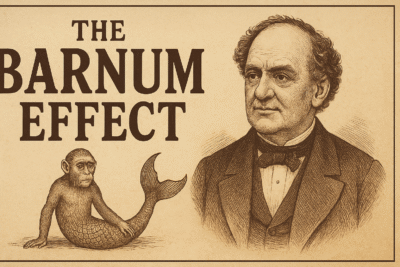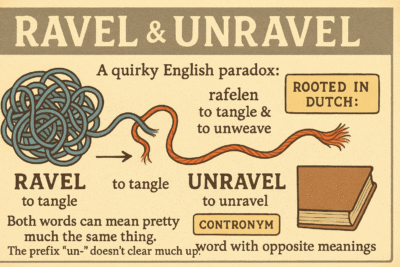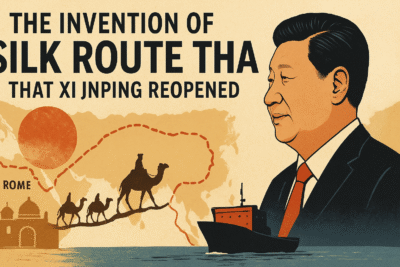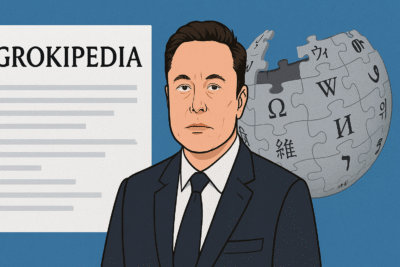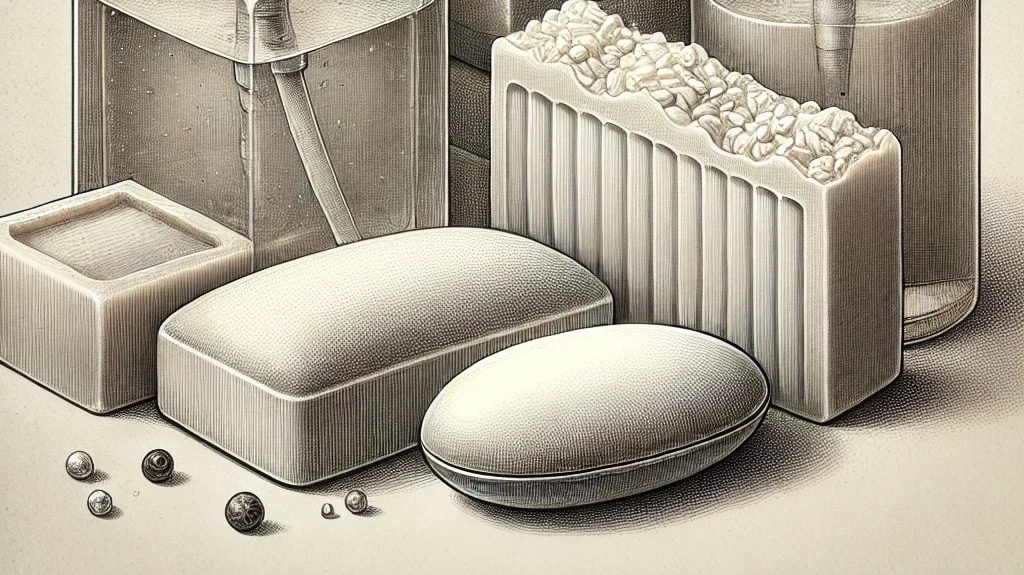
A detailed illustration of soap bars in various forms, such as a classic rectangular bar, an oval-shaped bar, and a liquid soap dispenser.
I am Aalamb. I have two good friends, Lamb and Vilamb. They are very talkative. However hard you try you can’t stop them from talking. They talk sense, they talk gibberish, they talk rubbish and they talk serious. Just the other day, I caught them talking about a silly thing, as silly as soap. Not the brand that they prefer or use, like or dislike. Just the silly soap.
We all use it but who talks about soap? We started paying attention to soap as a life-saver only when Covid-19 hit us. We got to know that soap can save lives and that soapy is not just soapy but a killer, a mass murderer, of course, of viruses and bacteria and the like. Still, who talks about soap. But I had no option, like always, but listen to their garbage conversation. When they finished, I heaved a sigh of relief. We finished our tea-break outside the Avilamb Chai Bar and went home.
Walking back home, I realised their garbage was not actually garbage. It made a lot of sense. I was now frenetically trying to recall every word they exchanged. They gibberish talk was an excellent piece of information. Let me re-tell you that story of the silly soap.
Lamb: You know, Vilamb, I was thinking about something as ordinary as soap today. It’s one of those things we use daily without giving it much thought. But I bet there’s more to its story, isn’t there?
Vilamb: Oh, Lamb, there certainly is! Soap has an ancient and fascinating history, much richer than people might imagine. It’s not just about washing hands or taking a shower; it’s a product that’s been around for thousands of years, evolving in every possible way.
Lamb: Thousands of years? I had no idea it went that far back! Where did it all begin?
Vilamb: The earliest records of soap date back to ancient Babylon, around 2800 BC. The Babylonians created a soap-like substance by boiling fats with ashes—essentially an early form of what we now call soap.
Lamb: That’s remarkable! And I suppose it spread across different cultures from there?
Vilamb: Exactly. The Egyptians were next, using a similar process by 1500 BC. They combined animal and vegetable oils with alkaline salts, using it not only for washing but also as a treatment for skin ailments.
Lamb: So, it was a cleanser and a kind of early medicine?
Vilamb: Yes, and the idea spread. The ancient Greeks and Romans were big fans. By the 1st century AD, the Romans had developed soap into something quite sophisticated. They even had public baths where soap played a key role.
Lamb: Those famous Roman baths—now I can picture that! But did other ancient societies have their own versions of soap?
Vilamb: Absolutely! The Celts in Britain made their soap from animal fat and plant ashes, while in ancient China, they used a mixture of plant ashes and seeds from the Gleditsia sinensis tree. The concept of soap or soap-like cleaning agents was remarkably widespread.
Lamb: Fascinating how such an idea travelled across different cultures. But tell me, how exactly does soap work? I know it cleans dirt, but what’s the science behind it?
Vilamb: Great question, Lamb! Soap works by acting as an emulsifier. It has molecules with two ends—one that’s hydrophilic, or water-loving, and one that’s hydrophobic, or water-hating. The hydrophobic end attaches to the oil and grease, while the hydrophilic end attaches to the water. When you rinse, the water pulls the soap and the attached dirt away.
Lamb: So it’s like a bridge between water and dirt, making it easier to wash everything away?
Vilamb: Precisely. And that’s not all. Soap has antiseptic properties too. It doesn’t just remove dirt; it can also kill bacteria and viruses. When you wash your hands with soap, the virus’s lipid membrane is broken down by the soap molecules, rendering the virus inactive.
Lamb: I had no idea soap was so effective! And what about stains? I’ve heard soap can help remove those too.
Vilamb: Yes, soap is excellent at breaking down stains. The same emulsifying action that lifts dirt and oil off your skin also works on fabrics. It helps break down the molecules in stains, making it easier to wash them out of clothes.
Lamb: Soap really is a multi-talented little bar, isn’t it? But how did it go from these ancient civilisations to being used everywhere around the world?
Vilamb: The journey of soap is as global as it gets. After the Romans, soap-making knowledge spread throughout Europe, particularly during the Middle Ages. It was primarily produced in Italy and Spain, where they used olive oil, making it a luxury item. Gradually, it made its way to England, France, and beyond.
Lamb: I imagine it became more affordable over time?
Vilamb: Indeed. By the 17th century, soap was being made on a larger scale, especially in England. But it was still taxed heavily, making it a luxury for the rich. It wasn’t until the 19th century, with the Industrial Revolution, that mass production made soap affordable for the general public.
Lamb: And that’s when soap started to look like what we use today?
Vilamb: Exactly. The late 19th century saw the rise of brands like Pears, the world’s first mass-market transparent soap, which was launched in 1789. It was during this time that soap became a staple in every household, marketed not just for hygiene but as an essential part of daily life.
Lamb: And today, soap has become so varied. We’ve got bars, liquids, and all sorts of different formulations.
Vilamb: Yes, modern soap comes in many forms, but the basic principle remains the same. Whether it’s a fancy scented bar or a plain liquid, it’s all about breaking down oils and killing germs. And despite all the technological advancements, soap is still one of the most effective ways to stay clean and healthy.
Lamb: Who knew something as simple as soap could have such a long and intricate history?
Vilamb: It’s one of those everyday items that has shaped human civilisation in ways we often overlook. From ancient Babylonians to modern-day households, soap has truly journeyed across time and space.
Lamb: Quite the story for something so unassuming. I’ll never look at a bar of soap the same way again!
